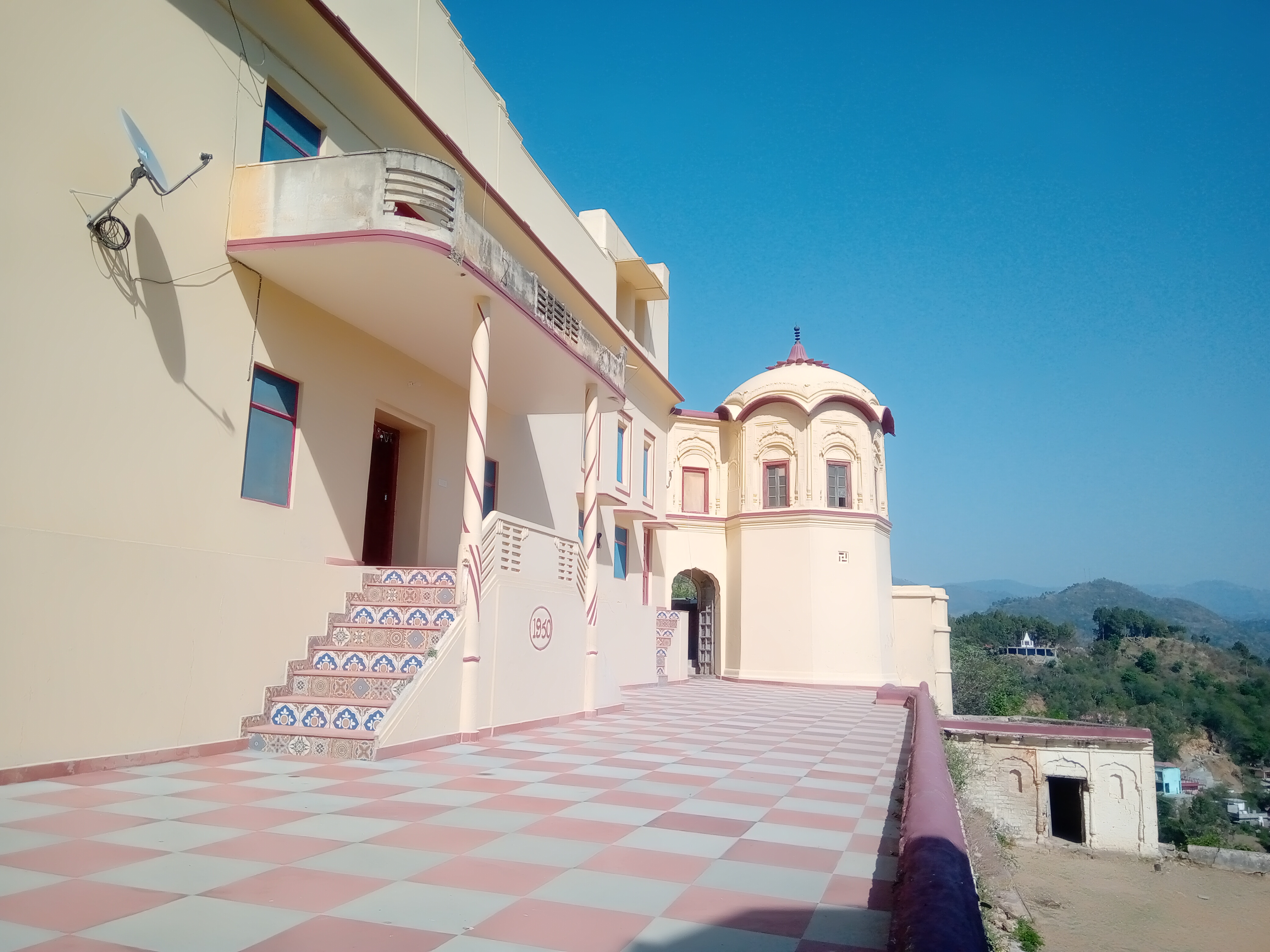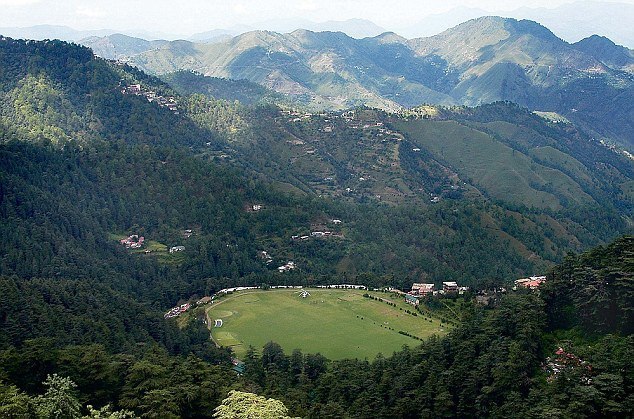The History of the Princely States of Himachal Pradesh
The history of the local principalities of Himachal Pradesh is a fascinating tale of various kingdoms and rulers. Those rulers governed over the region before it became a part of independent India. The state of Himachal Pradesh, located in the northwestern part of the Indian Himalayas, is known for its rich cultural heritage, diverse ethnic groups, and scenic beauty. Each area has its own landscape and natural beauty, wrapped in peace and softness. The region, before its integration into India, was divided into multiple princely states, each with its own unique history.
Early History and Formation of Princely States
The region of Himachal Pradesh has been inhabited for thousands of years, and during various periods in history, it was part of larger empires such as the Maurya Empire, the Gupta Empire, and the Mughal Empire. However, the concept of princely states began to take shape in the medieval period, particularly after the decline of the Mughal Empire and the rise of local dynasties.
Post-Mughal Period After the fall of the Mughal Empire in the 18th century, several small kingdoms and independent states emerged in the hill regions of Himachal Pradesh. These states were often ruled by Rajputs, Gurkhas, and other local chieftains.
Gurkha Rule (1806–1815) The region of Himachal Pradesh witnessed a brief period of Gurkha rule. Though they were not the rulers, rather the invaders and the intruders who remained here from 1806 to 1815. During this period, the Gurkhas from Nepal conquered several regions in Himachal Pradesh, including Kangra, Chamba, and Sirmaur. However, after the Anglo-Gurkha War (1814–1816), the Gurkhas were forced to cede the territories to the British East India Company.
Major Princely States in Himachal Pradesh
At the time of British rule in India, Himachal Pradesh was home to a number of princely states, each ruled by different dynasties. Some of the most prominent princely states in the region were:
Kangra
Dynasty: Rajput
Historical Significance Kangra was one of the most important and influential states in Himachal Pradesh. The region has a long history, with the first recorded mention of the Kangra kingdom dating back to the 4th century BCE.
Mughal Era During the Mughal period, Kangra was a prosperous region. However, it was later conquered by the Gorkhas in the early 19th century. But they could not be there for long and were soon expelled, first by the Sikhs and then completely by the British.
Post-Gorkha Rule: Following the defeat of the Gurkhas in 1815, Kangra became a part of the British Raj. The princely state was governed by local Rajput rulers under British suzerainty.
Chamba
Dynasty Chamba State was ruled by the Raja Bhuri Singh family, a branch of the Rajput dynasty.
Historical Significance Chamba is one of the oldest princely states in Himachal Pradesh, with a history dating back to the 6th century. It was known for its cultural and artistic contributions, including the famous Chamba rumal (hand-embroidered textiles), Camba Chukh, Chamba Chappal (slippers), and Chamba shawls.
Mughal Era The region was often under the influence of the Mughal Empire but retained its autonomy.
British Period Like other princely states in the hills, which were originally called Punjab Hill State, Chamba remained under British suzerainty but retained local autonomy.
Sirmaur
Dynasty Rajput
Historical Significance Sirmaur was located in the southern part of Himachal Pradesh and was a significant state during the colonial period. Though closer to the plains of India and in the lower and the outer hills, the region is famous for its scenic beauty and natural resources.
British Period Sirmaur became a princely state under British control. The state was annexed after the British defeat of the Gorkhas and was later governed by the Rana family.
Bilaspur
Dynasty Rajput
Historical Significance Bilaspur was a small but strategically significant state, located near the Sutlej River. It was known for its natural resources and trade routes. Slightly warmer in its climate than the other parts of the state, Bilaspur is now a growing town.
British Period Bilaspur was annexed by the British in 1846 and became a part of the British Punjab province. It was later integrated into Himachal Pradesh after India’s independence.
Mandi
Dynasty Chamba Rajput
Historical Significance: Mandi, located in central Himachal Pradesh, was another key princely state in the region. It had a long history dating back to the 14th century.
British Period: Mandi remained under British suzerainty, and the royal family maintained control until the merger of the state with Himachal Pradesh in 1948.
Kullu
Dynasty Kullu’s princely state was ruled by the Rana family.
Historical Significance Known for its natural beauty, Kullu was a famous tourist destination even during the British era.
British Period Like other states, Kullu remained under British suzerainty until India’s independence.
Integration into India
After the independence of India in 1947, the princely states of Himachal Pradesh, like other princely states across the country, were given the option to join the Indian Union or remain independent. The process of integration was complex, as some rulers were initially reluctant to join India, while others sought special privileges.
Post-Independence Merger
In 1948, most of the princely states in Himachal Pradesh were merged into the Indian Union, forming the larger state of Himachal Pradesh. The process of integration was led by the leaders such as Sardar Vallabhbhai Patel and V.P. Menon. Some princely states, like Chamba, Mandi, and Sirmaur, acceded to India through legal instruments of merger.
Formation of Himachal Pradesh (1966)
In 1966, the state of Himachal Pradesh was formally created as a Union Territory. It became a full-fledged state in 1971.
Legacy and Influence
The princely states of Himachal Pradesh left behind a lasting legacy in terms of architecture, culture, and governance. Many of the old palaces, temples, and forts remain as significant historical landmarks. The influence of the Rajput rulers is still visible in the customs, festivals, and traditions of the region. Moreover, the administration, infrastructure, and legal systems of the princely states influenced the early development of Himachal Pradesh after its integration into India.
Conclusion
The princely states of Himachal Pradesh played an essential role in the region’s history, shaping its political, social, and cultural landscape. The integration of these states into India marked the end of an era but also laid the foundation for the development of Himachal Pradesh as a modern state within the Indian Union.



